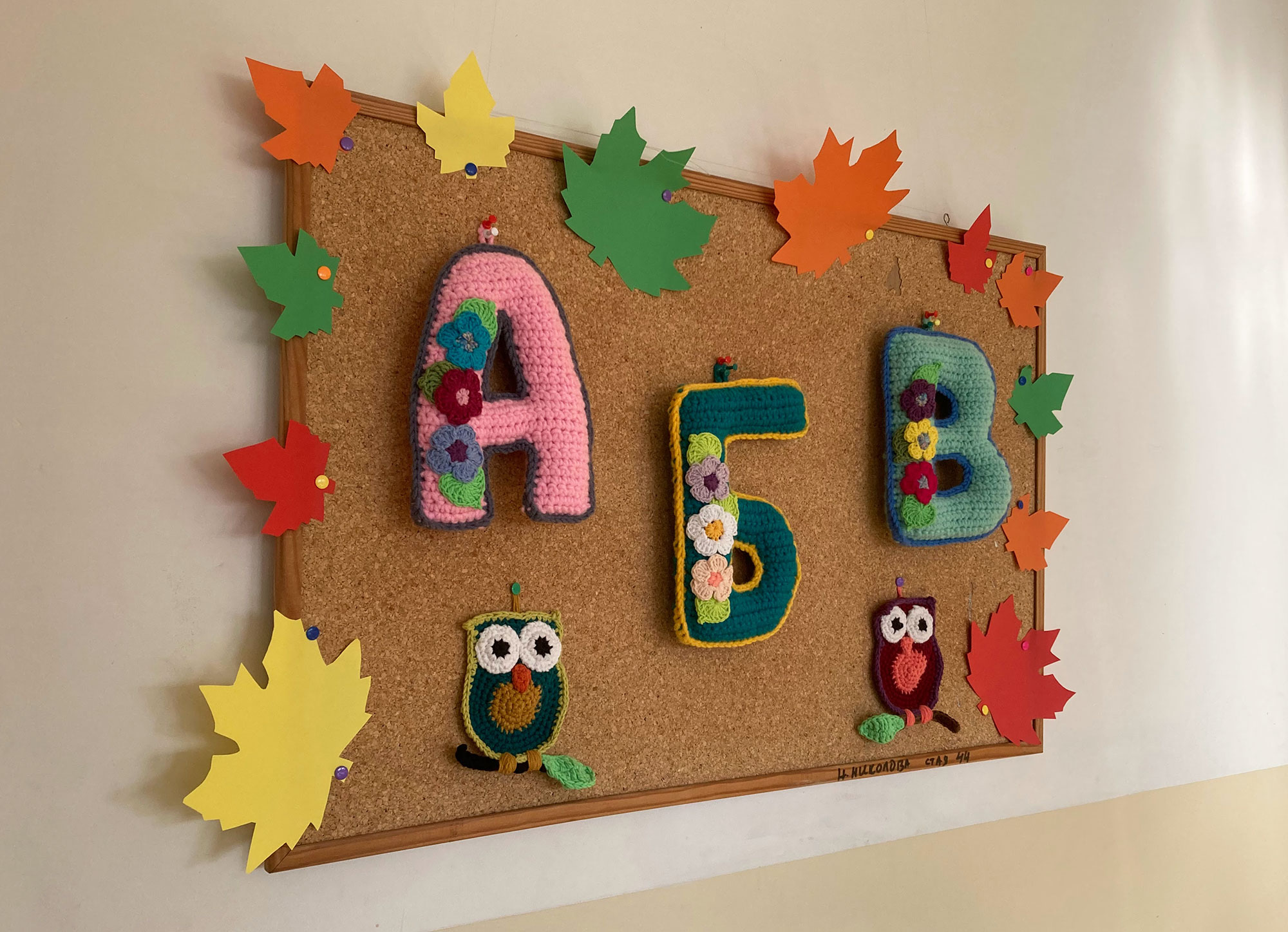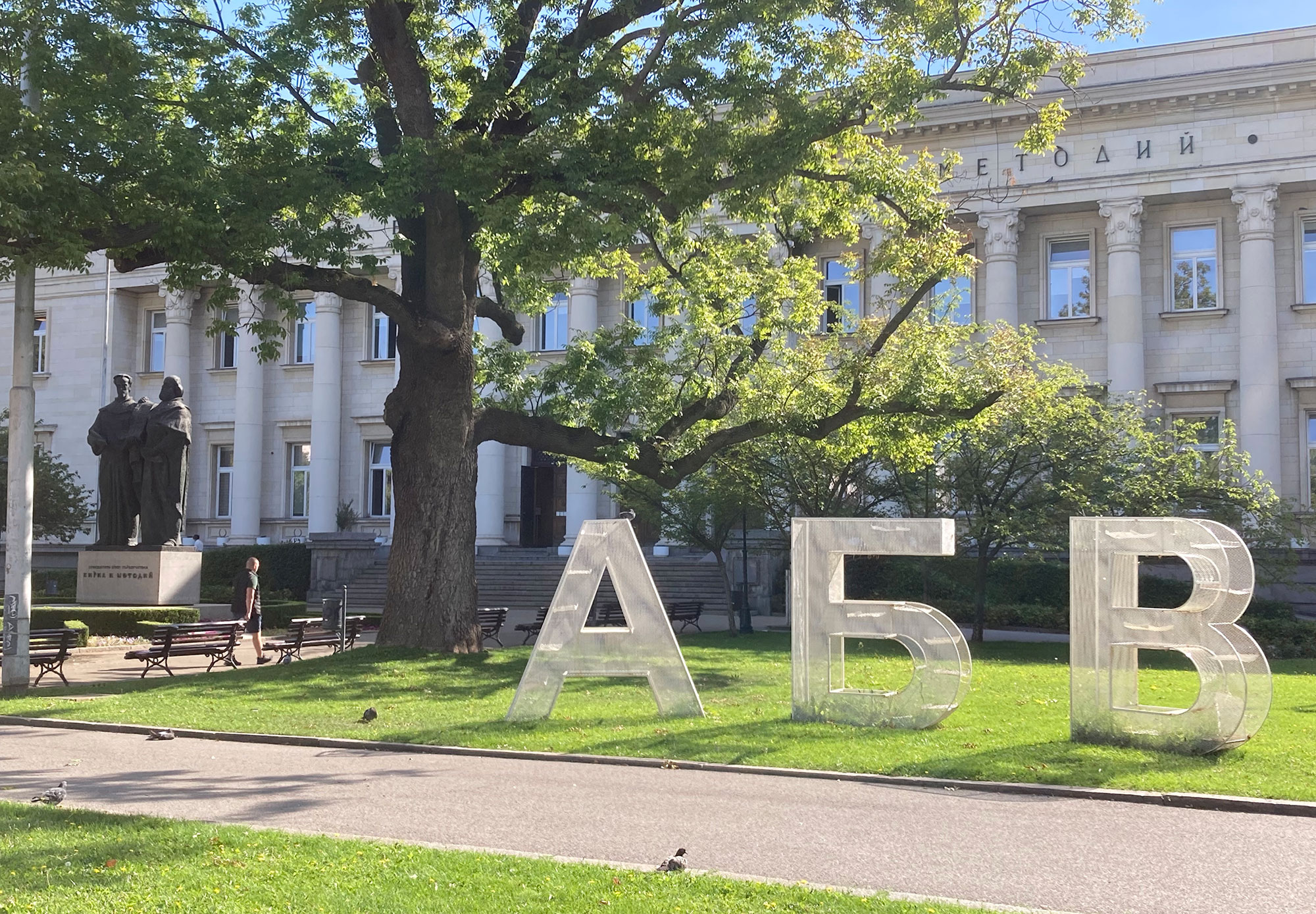I was thrilled when Launa Hall, a former neighbor who is now a full-time world traveler, checked in to see if Reading Rockets users might like to travel along with her as she explores how children are taught to read in different parts of the world.
Launa was a Kindergarten teacher in northern Virginia who was passionate about teaching children to read using research-based approaches, noting that “the most meaningful — and most challenging — part of my day was teaching children to read.” Launa retired early from teaching to travel with her husband, write, and read more books. Happily for us, she also wondered, how is reading taught in places where the language, like ours, is written in an alphabet? How are children faring elsewhere, and what can we learn from their teachers?
As she notes in her Substack, Launa at Large , her goal is to leave a place she’s visited with “nothing new whatsoever beyond pictures, memories, and a broadened perspective.” We’re so pleased to have Launa here to share what she’s seeing and learning in this very special new series of guest posts, “Learning to Read Around the World.”
Every month, we’ll get to travel with Launa to a new location — Bulgaria, Greece, Morocco, South Korea, Japan, Vietnam, and more — and she’ll offer up what she’s learned from schools she’s visited in these places and fellow teachers she’s met. Get ready for an eye-opening, fascinating, and heartening adventure!
First stop, Bulgaria.
Learning to Read in Bulgaria by Launa Hall

On my way to an elementary school in Bulgaria’s capital city of Sofia, I emerged from the metro into an old manufacturing district where long concrete rows of Soviet-era housing remain. Few of the inviting coffee shops or parks of central Sofia are here, and no tourists. I merged into a steady stream of pedestrians on their way to work, and I almost walked past the school when I found it–another block structure.
But looks can be deceiving. The primary grades’ hallway was cheerfully painted, and natural light streamed through the many windows. Pleasant little desks and chairs were arranged by their pastel colors, neat as a pin. Diana, the experienced and energetic teacher who met with me earlier to talk about how children learn to read, introduced me to the busy teachers — they were just a few days from welcoming students for the new year. They buzzed from one classroom to the next, admiring each other’s decor.
The centerpiece of every classroom was the Cyrillic alphabet. The letters hung from the ceiling in cheerful stars or danced across walls under a banner declaring We love our Bulgarian alphabet! My favorite display was made up of plush, hand-knit letters, about 10 inches tall. The knitter turned out to be the teacher’s mother, and she was working on the whole alphabet.

In a first grade classroom in Sofia, Bulgaria
It would be hard to overstate the importance of those 30 Cyrillic letters to Bulgarian people. Every May 24th is called the Day of Bulgarian Alphabet, Bulgarian Enlightenment and Culture, a national holiday observed in every city and village with parades, speeches, and performances. The roots of Cyrillic lie with Cyril and his brother Methodius, the 9th century innovators who not only devised a writing system for the region’s Slavic language but also secured the right to use it in Orthodox Church business.
Statues of them are everywhere, including the lawn of the National Library in central Sofia. A few steps away are three sculptures, A, Б, and B, lit from within so they’re visible day or night. These letters weren’t at a children’s library or preschool, but front and center at the revered National Library. In Bulgaria, where the literacy percentile hovers in the nearly perfect high nineties, the Cyrillic alphabet speaks to adults and children alike as the foundation of a great culture that was nearly lost.

In front of the National Library, Sofia, Bulgaria
During the month I spent in Bulgaria, I learned about some of its past struggles. Volen, a brilliant young filmmaker and interpreter, explained that hundreds of years passed under Ottoman rule when Bulgarians were discouraged from even speaking their native language, let alone read or write it. When they were finally victorious in the fight for self-rule in the early twentieth century, one of their first acts as an independent nation was to publish books in Bulgarian. The author of an early reading primer, Petar Beron, is honored on the 10 Lev note, and more Bulgarian writers are featured on other banknotes. Cyrillic and the literature it conveys are foundational to Bulgarian identity.
Many Americans are more familiar with a later chapter in Bulgarian history: Soviet rule. Older Bulgarian people speak Russian because it was mandated in their school years, but almost every younger person’s second language is English. I asked Volen if Bulgarians felt ambivalent toward Cyrillic at the end of the Soviet era. Considering those complicated politics, and with the growing usage of English with its Latin alphabet, was a switch to writing Bulgarian in the Latin alphabet ever considered?
“Never,” Volen told me. “The Cyrillic alphabet is ours.”
So how is this cultural treasure passed on to children? How is reading taught? It starts with a national curriculum, in use in every school: one book of systematic phonetic instruction and one accompanying writing workbook. Diana showed me a neat shelf of new books, ready for her school’s incoming first graders. The national curriculum evolved, she explained, as more was learned about brain science and best methods for instruction. It was once based on syllables using what she called “the Russian method,” but the newest edition progresses from phonemes to graphemes.
Key features of the Bulgarian national reading curriculum
- The lessons progress from speech to print. In the early pages, cheerful illustrations have small boxes under them, placeholders for the graphemes to come. Children point to the boxes as teachers guide them in saying the phonemes.
- The letters taught first (а, м, and и) are the most common, so children can read and write simple words within the first few lessons.
- Print (upper and lowercase) and cursive (upper and lowercase) are all taught at the same time. The accompanying writing workbook gives practice in writing cursive only. In Bulgarian culture, no one prints, so children write in cursive from the start.
- New letters are introduced along with decodable stories. As children’s ability to decode grows, the stories grow in length. The stories include funny vignettes, traditional tales, and nonfiction. For example, as soon as they have all the letters for Васил Левски (“Vasil Levski”), they read a short description of how this national hero fought for Bulgarian freedom.
I asked Diana if learning to read is hard work for their first graders. She said yes, of course, and that teachers work hard to make it engaging. “The teacher is the most important element in a good outcome in education,” she said.
During the two-hour daily language and literature block, they use whole-body instruction (clapping, dancing, etc.), and poems and word play to build phonemic awareness. Daily writing dictation reinforces new learning, and read-aloud time, also every single day, is when children gain vocabulary, build comprehension skills, and are reminded through access to great stories of why they are learning to read.

A page from the Bulgarian national reading curriculum that isolates two letters with easily confused phonemes (/t/ and /d/) for extra practice.
I looked around the sparkling classroom. What was it like for parents just after independence, those barred from literacy in their native language, but witness to their children reading and writing it? What does it mean for Bulgarians today that their language and its writing system are so robustly alive?
It felt like an answer when a few days later, Diana sent me photos of September 15, enshrined in Bulgarian law as the first day of the school year. She looked radiant in a blue dress, surrounded by dressed-up children bringing bouquets of flowers. She and her fellow teachers are cultural caretakers in this resilient, highly literate society. Very soon, those smiling little children would be reading, too.
Takeaways from how reading is taught in Bulgaria
- Do hard things, but not as drudgery. Children have a huge task to repeatedly connect phonemes to graphemes until they can read, but teachers can — and do every day — make it an engaging, even joyful experience.
- Trust the process. In Daniel Willingham’s The Reading Mind: A Cognitive Approach to Understanding How the Mind Reads, he discusses how the time it takes to learn to read depends on the language. Italian-speaking children, with their language’s shallow orthography, learn to read quickly. English-speaking children, on the other end of the orthographic spectrum, take much longer. But all alphabetically written languages are decodable. While Bulgarian orthography is more shallow than that of English (one reason why beginning reading instruction in first grade, not Kindergarten, makes sense in their context), we both have alphabetic writing systems. Bulgarian reading instruction progresses systematically through their alphabetic code because they trust that the ability to read fluently and with comprehension lies on the other side.
- Love the letters. English-speaking teachers are marvelously enthusiastic about books, great stories, and a literary life. But we’re often less so about our writing system itself. When students have faced a difficult spelling pattern, we might have shared their exasperation, conveying a sense that English is a mess that we’re stuck with. Louisa Moats and Carol Tolman note that English Gets A Bad Rap, but English spelling is actually much more logical than is commonly believed. It’s complex, not crazy. Sharing a love for the letters themselves and the rich history of their spelling patterns might transform how students feel about learning to decode.

